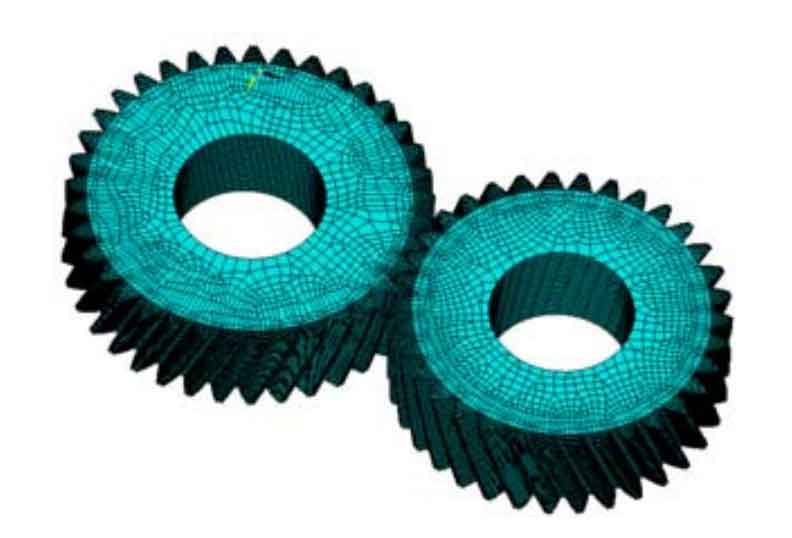Many scholars at home and abroad have put forward a variety of theories and methods for helical gear modification. At present, helical gear modification is generally divided into two categories: tooth profile modification and tooth direction modification.

① Tooth profile modification: in the process of helical gear tooth meshing, in order to improve the contact state of its tooth surface and prevent gluing failure, a small part of the original involute tooth profile is modified at the tooth top or near the fillet of the tooth root, so that the tooth profile shape there is no longer the original involute shape. This modification method is tooth profile modification. There are three ways of tooth profile modification:
a. The tooth top of pinion is thinned and the tooth top of big gear is rounded. This method is simple and suitable for the case of helical gear circumferential speed V < 100M / s;
b. The tooth tops of large and small gears are thinned, which is suitable for helical gears with circumferential speed V > 100M / s and power P > 2000 kW;
c. The top and root of the pinion are thinned, while the big gear is not. This method can be used in any case.
② Tooth direction modification: in order to improve the uneven distribution of load along the tooth contact line, or to improve the stability of meshing, modify a part of the two ends of the helical gear to deviate from the theoretical tooth surface, so that the tooth presents a drum shape with narrow ends and thick middle. This modification method is tooth direction modification. Generally, only the pinion is modified in the tooth direction. There are three ways:
a. Tooth end modification;
b. Drum shape modification;
c. Spiral angle modification.
